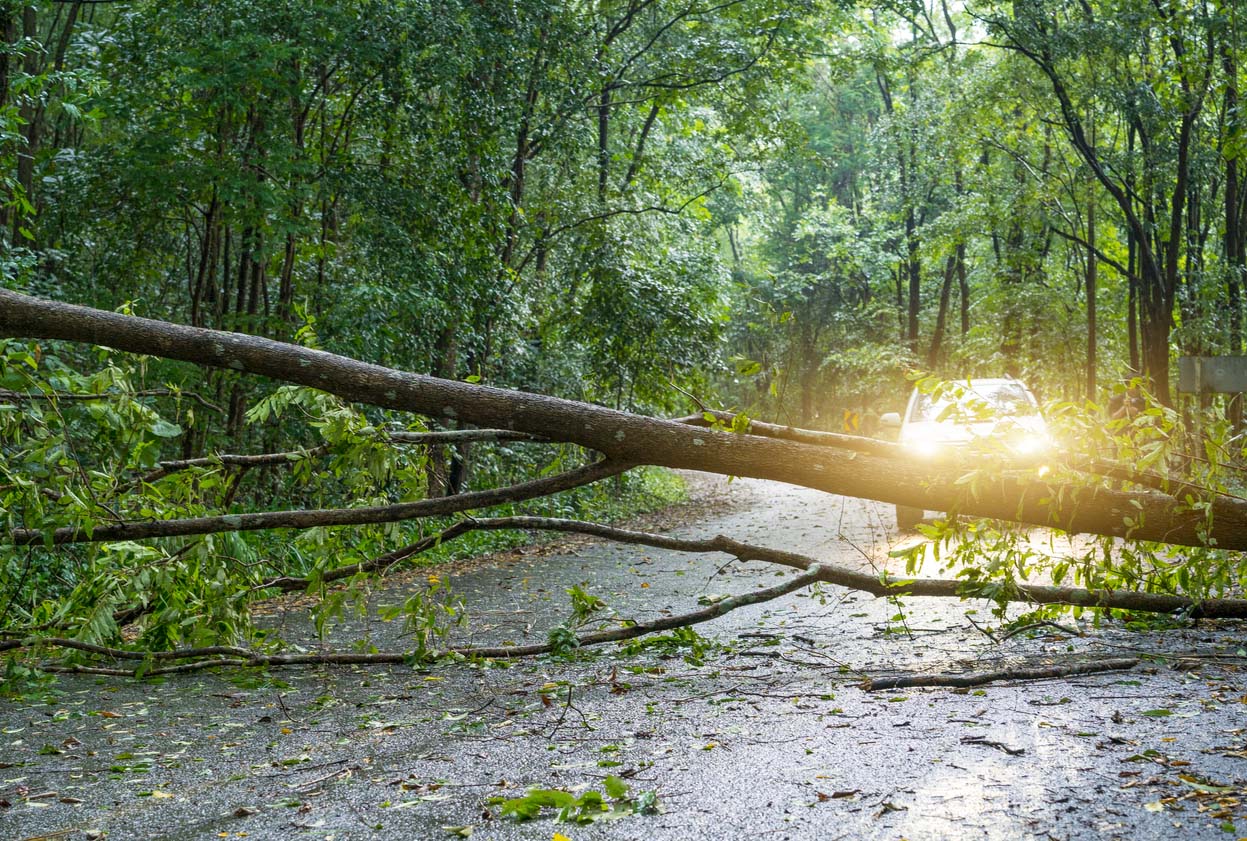Dealing With Damage From Storm Eunice

With Storm Eunice predicted to be a severe weather event its important the right steps are taken to manage any potential impact as soon as possible. Below Caleb Roberts have highlighted the key actions to help deal with storm damage immediately:-
1. Check the damage – follow our guidelines below to safely review damage
2. Photos – take loads of photos of the damage so we can provide a clear picture of the original damage to the insurer
3. Make safe the damage – where its safe to do so, make safe and secure the property that has been damaged to prevent further impact (see more information below).
4. Get Estimates – start to get estimates for the repairs from local suppliers.
5. Report the damage – report the claim when our offices are open. Alternatively you can contact the out of hours services at the insurance companies directly by using contact numbers in your policy documents
How to stay safe when checking your property after storm damage
• Before going out, check the local news to make sure that your area is safe.
• Watch out for hazards such as broken glass and exposed nails.
• Always assume that downed power lines are energized and dangerous. Stay at least 10 feet away and alert the police and utility company.
• Avoid standing water, particularly if there are nearby downed power lines.
• Where possible, avoid checking for water or storm damage after dark. If you do so, carry a torch instead of a candle or other open flame. This will alleviate the risk of a fire or explosion from a damaged gas line.
• Heavy winds and rain can create physical hazards such as collapsed roofing materials, window damage, collapsed walls or standing water in the basement or home interior.
If you do smell gas such as carbon monoxide—or suspect a leak—shut off the main gas line, open the windows, and immediately go outside. Notify the gas company and the proper authorities of the situation and don’t return until they’ve deemed your home to be safe.
Review and assess the damage to your property
Before you contact your insurance company to start a claim, you need to go take pictures of the damage. Often, these pictures are used to help the insurance adjuster access the damage. There are several areas of your home that are most vulnerable to storm damage.
Your roof is the most susceptible to costly damage. If a tree limb or other heavy debris fell on your roof during a storm, your property might have structural damage, so be cautious. Common signs of roof damage are:
• Holes in the roof
• Split seams
• Missing, broken, or dented shingles
• Granules collecting in gutters or downspouts
• Leaks in your roof or ceiling
• Dents on vents, gutters, or flashing
Make safe the damage where possible
When it’s time to start storm damage repair, begin with what you can fix yourself safely. Often, the storm might not have damaged your property completely and it can be restored with repairs. If you can properly repair some of the damage, you should get to it immediately as you seek professional repair services for the other parts.
Immediate repairs can also help prevent more damage. If water and wind are getting into your property (through a broken window for example) you should go ahead and board up the window as soon as possible. This will prevent further damage to your property.
If you don’t feel comfortable doing the job yourself, you may need a board-up service to secure your property.







